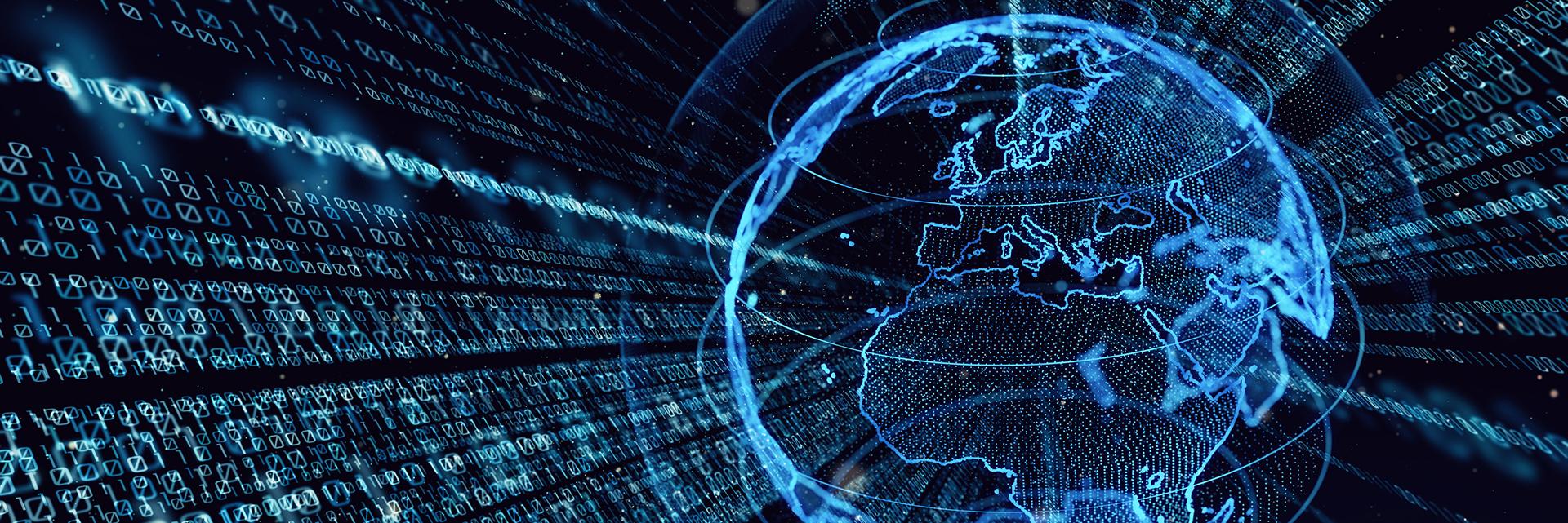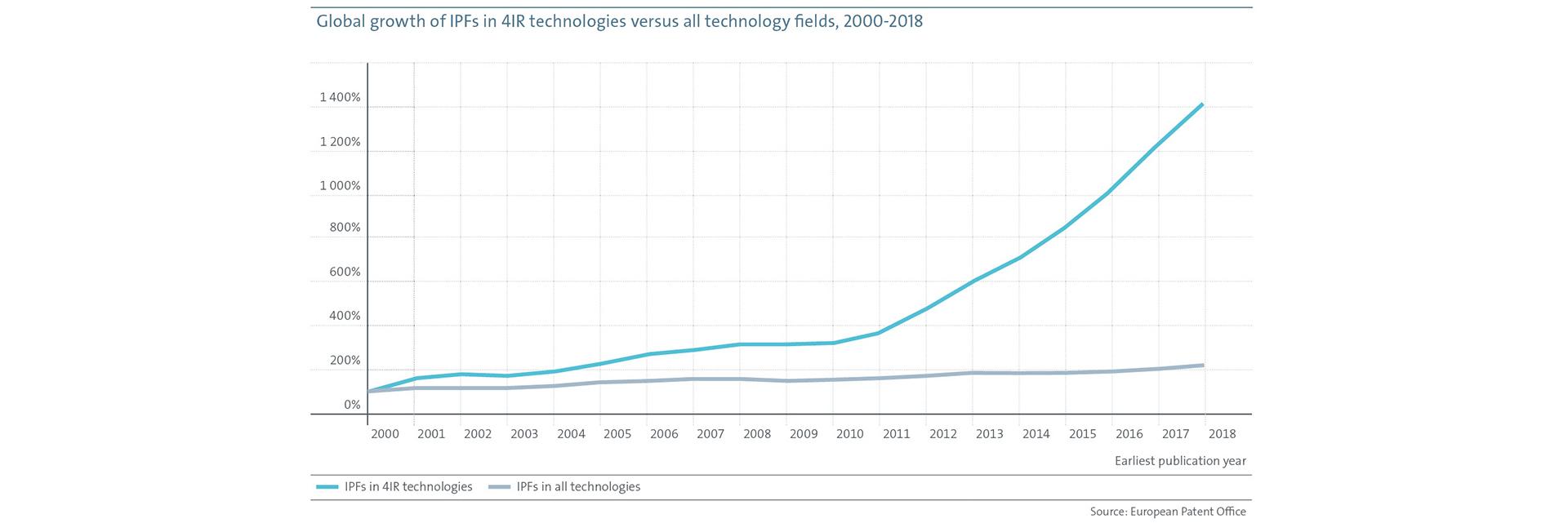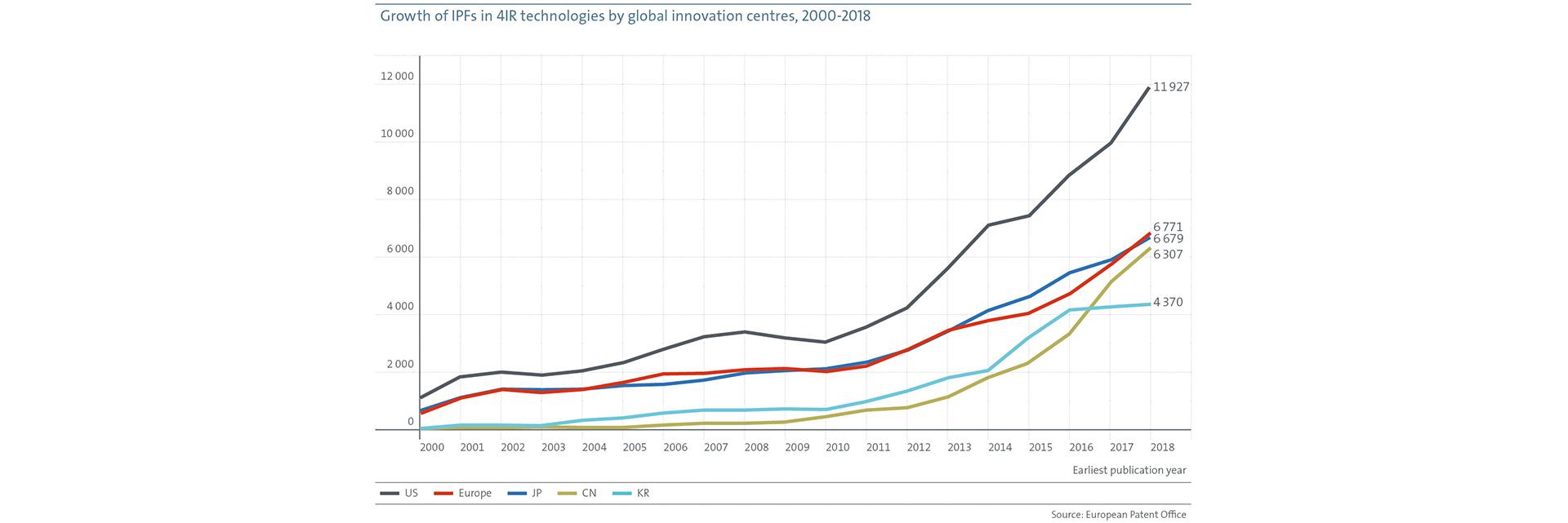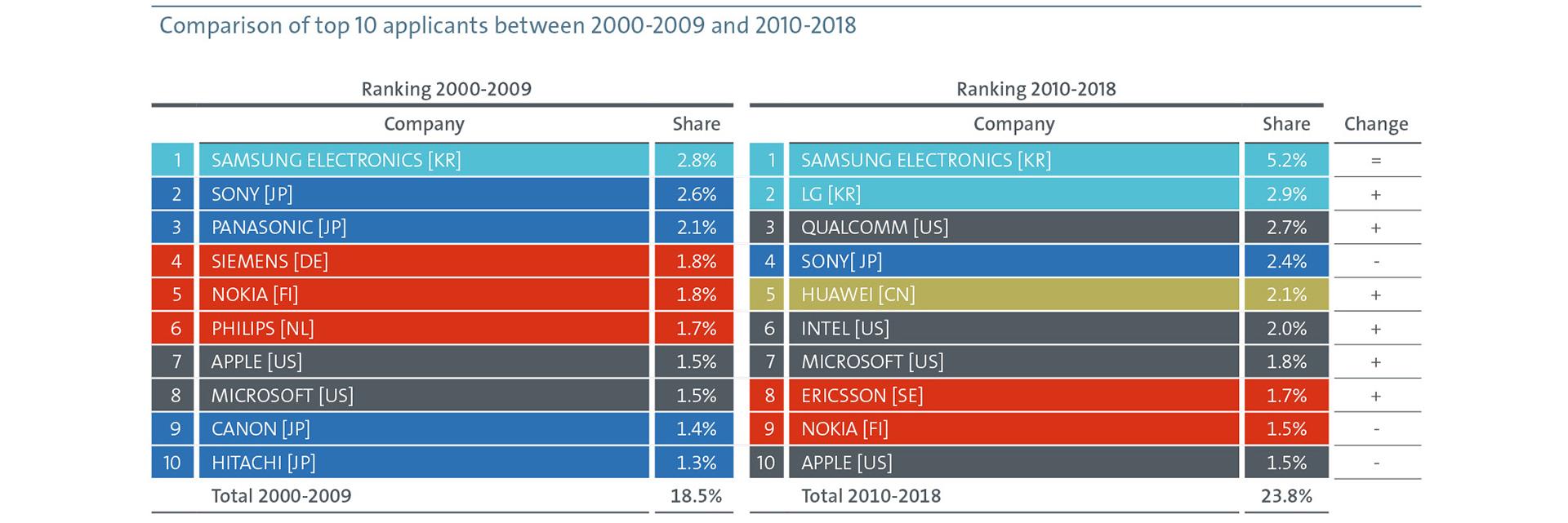Fourth Industrial Revolution
Last updated: 9.12.2020

If previous industrial revolutions were driven by steam or oil or communication, this latest Fourth Industrial Revolution (4IR) is very much driven by data. Constellations of smart, connected devices, faster wireless internet, "big data" and artificial intelligence are transforming the global economy right now. Devices communicating with each other - autonomously sharing data in real-time, will account for a quarter of all internet traffic by 2025.
These digital technologies account for 10% of all innovation, and annual growth rates for patent applications (ca 20%) are running at five times the baseline growth rate for all technologies as a whole. The inventions of 4IR are found in every area of our lives - from healthcare to transport to agriculture. By 2023 there will be some 29 billion connected devices on the planet, according to some estimates.
EPO study global trends in 4IR technologies
In December 2020, the EPO presented a study drawing on the latest available patent information to analyse the innovation trends in 4IR. By looking at all international patent families (IPFs; i.e. inventions for which patent applications had been filed in two or more territories), across over 350 distinct technology fields (as identified within the Co-operative Patent Classification) some 264 565 IPFs were identified with filing dates from 2000 to 2018. This comprehensive cohort of inventions has provided an unrivalled insight into the state of the digital transformation impacting the global economy today.
As a first step in the study's analysis, these 4IR inventions were grouped into one or more of three main types, each of which was subdivided into several technology fields or domains:
- Core technologies that make it possible to transform any object into a smart and connected device. These comprise three fields: connectivity, IT hardware and software
- Enabling technologies that are used in combination with connected objects. These comprise eight fields: data management, user interfaces, geo-positioning, data security, safety, 3D systems, power supply and core AI.
- Application domains where the potential of connected objects can be exploited. There are eight domains: consumer goods, services, vehicles, healthcare, industrial, home, infrastructure and agriculture.
Main findings
4IR innovation is accelerating
The pace of global Innovation in 4IR technologies accelerated strongly during the last decade, with an average annual growth rate in patenting close to 20% from 2010 to 2018, compared with 12.8% between 2000 and 2009 (Figure E1). The annual increase in international patent families (IPFs) for 4IR technologies has been nearly five times greater than the growth of IPFs in all fields since 2010 (4.2%). As a result, smart connected objects accounted for more than 11% of all patenting activity worldwide in 2018, with nearly 40 000 new IPFs in 2018 alone.

The US remains world leader; Japan and Europe are losing ground to Korea and China
The US is by far the most innovative world region in 4IR technologies, with a strong presence in all technology sectors of 4IR. In the last decade the growth rate from the US has outpaced Europe and Japan. Europe and Japan each account for about one fifth of all IPFs in 4IR since 2000. The Republic of Korea and the People's Republic of China account for another 10% each but with faster growth in recent years; they have a stronger specialisation in the core technology fields of IT hardware, software and connectivity.

Regional clusters and "national champions" explain the dominance of the US and the rise of Korea and China
The top 10 applicants in the period 2010-2018 together account for 23.8% of all IPFs for 4IR technologies, up from 18.5% in the period 2000-2009. They feature four US companies, two Korean companies and two European companies, while Japan and China are represented by one company each. Some thirteen clusters (areas of intense 4IR innovation) were identified in the US, eight in Europe and eight in Asia.

About patent information
Patents are not secret. In exchange for limited exclusive rights, all patent applications are published, revealing the technical details of the inventions in them.
Patent databases therefore contain the latest technical information, much of which cannot be found in any other source, which anyone can use for their own research purposes. The EPO's free Espacenet database contains more than 120 million documents from over 100 countries, and comes with a machine translation tool in 32 languages.
This patent information provides early indications of the technological developments that are bound to transform the economy. It reveals how innovation is driving the Fourth Industrial Revolution.